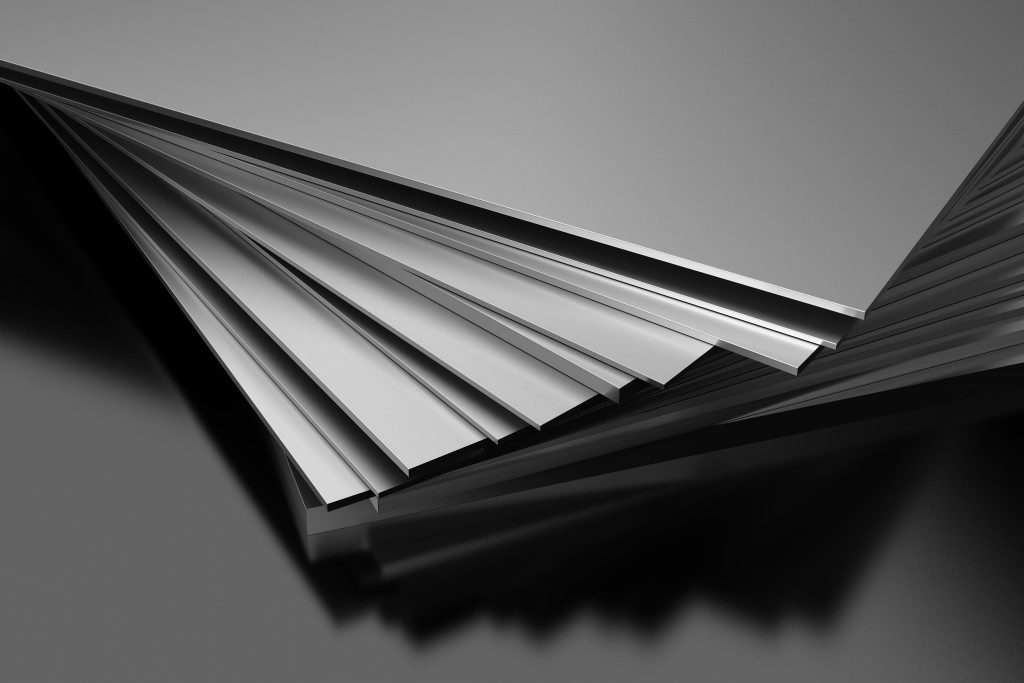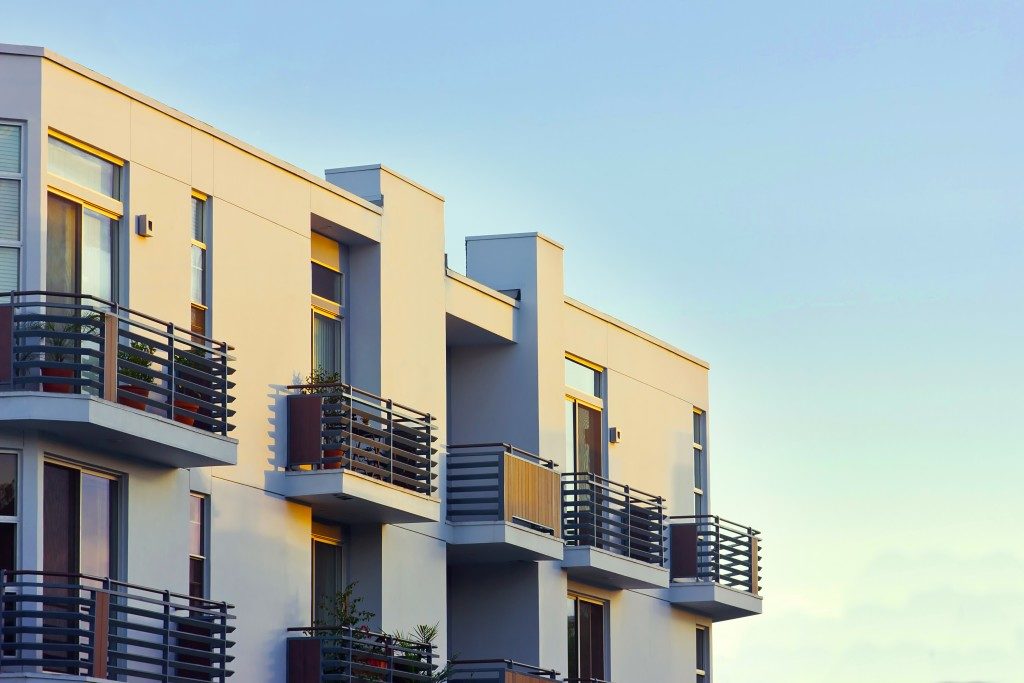The façade is considered one of the essential design aspects of a building. Aside from making it attractive, you can enhance it so that your structure withstands some of the most challenging climatic conditions. When making your building distinctly different, having an aluminum facade is ideal as it can help you save on costs. The installation is easy as well.
Moving forward, there are other fascinating features that you must know about aluminum. Learn more about exterior cladding and the best way to improve the thermal performance of your building.
Cladding Materials for Buildings and Houses
Exterior cladding is a process of covering the walls of the structure, particularly the facade, for two reasons — decoration and protection from environmental conditions. That said, choosing the right material for the climate is critical. Builders have various options to clad buildings. Steel and aluminum are favorite construction materials.
Aside from metal, there are other materials for cladding:
- wood
- stone
- uPVC
- tile
- glass
- ceramic
- porcelain
How Metal Cladding Works
Buildings can be vulnerable to climate change, and metal cladding will shield your building against harsh conditions. The installation process can be done in three methods:
- Route and return wet seal method: This is the cheapest way for cladding, wherein a silicone sealant is used to block the air and water between each panel. The attaching process requires clips.
- Route and return dry seal method: Rather than using a silicone sealant, this method requires gaskets to be put into the joints between the panels.
- Rain screen attachment method: This is the most popular type of installation. A rain screen is a system where there is a gap between the liquid-resistive barrier and the siding of the building.
Why Choose Aluminum for Your Building

Aluminum is a well-made type of metal that does not corrode like steel. With its lightweight feature — weighing a third of the weight of steel — this metal has revolutionized numerous technological sectors. It’s an essential construction material that has low density. In addition, this silvery-white metal is 100 percent recyclable and odorless. It won’t lose any of its quality when recycled.
Even though aluminum is costlier than steel, it lowers carbon emissions and energy costs in many ways. In fact, some roofs are coated with aluminum for improved energy efficiency because this material can reflect up to ninety-five percent of the sun’s rays.
As a simple-to-process product, aluminum is ideal for a rain screen attachment system. Due to its flexibility, you can conveniently mold it to any design that you desire.
Improving the Thermal Performance of Your Building
Air leakage leads to the poor thermal performance of a building, which is why adding insulation is beneficial. Aluminum is among the most used metals worldwide because it works excellently in protecting the structure from extreme heat from the outside. It can last for a long time and is incredibly versatile and fire resistant. Metal honeycomb panels offer unique performance qualities, including fire and corrosion resistance and durability in the most challenging environments.
Aluminum is an ideal material for many purposes, especially for facade cladding, as it can be fashioned in various shapes, sizes, and finishes, making your building sustainably functional. To ensure that the foundations of your architectural design are made excellently, consult the experts today.

